

Parterre
The place where one can observe the Park from bird-eye perspective, enjoy the stars view at the Observatory, feed swans or ducks swimming in the ponds and declare one's love on the Chinese bridge!
Parterre
Presently Gorky Park is divided into 4 parts - Vorobyovy Gory, Neskuchny Garden, MUZEON and Parterre. Each part is represented as a single whole and has its unique meaning. Parterre (as Gorky Park is sometimes called) is the main part.
The Park owes its appearance to the Soviet authorities. Before the revolution there was Orlovsk meadow that spread along Kaluzhskaya road and Neskuchny Garden.
After the revolution and ending of Civil War the new government had to demonstrate that Bolsheviks were not only able to ruin the old history but to create the new one. To show the success of the Soviet industry and agriculture gained for the first 5 years of its ruling it was decided to organize in Moscow the allrussian agricultural and cottage exhibition. Lenin personally gave an order on this event.
Realization of the exhibition was under the responsibility of famous outstanding architects and artists of that period of time - Zheltovsky, Melnikov, Lisitsky, Shusev and some others. Under their command over 250 pavilions were constructed. Each of them had their own theme dedicated to one or another area of industry and agriculture.
In 1928 on the ex-territory of the agriculture exhibition it was decided to organize the Park for culture and recreation. Pavilions of the exhibition were totally reconstructed and on 12th of August the opening of the Park was announced. The occasion gained widespread advertising in newspapers and on the radio. On the very first day entrance to the Park was free, however for the second day the price was fixed - 10 and 5 kopeks for adult and children tickets. The day Gorky Park was officially open enormous crowd flooded on its territory. Needless to say that the opening was unlucky - many attractions were ruined, flowers trampled, parks decorations got seriously damaged. Having worked for only one month the Park had to close and its administration was dismissed.
To recreate the Park with the whole new concept was assigned to a young woman Betty Glan who consequently became the most noted director of Gorky Park. Many of her ideas were so great that they are being used even nowadays. To make the decorations for the Park Betty managed to find a very creative and original team - most talented architects, artists and decorators. Stangberg brothers, Zheltovsky, Vlasov and many other outstanding artists worked with her.
After its new opening in 1929 the Park came alive again. However it was not easy to reconstruct the whole Park - it took over 10 years to finish it up.
Parterre
Presently Gorky Park is divided into 4 parts - Vorobyovy Gory, Neskuchny Garden, MUZEON and Parterre. Each part is represented as a single whole and has its unique meaning. Parterre (as Gorky Park is sometimes called) is the main part.
The Park owes its appearance to the Soviet authorities. Before the revolution there was Orlovsk meadow that spread along Kaluzhskaya road and Neskuchny Garden.
After the revolution and ending of Civil War the new government had to demonstrate that Bolsheviks were not only able to ruin the old history but to create the new one. To show the success of the Soviet industry and agriculture gained for the first 5 years of its ruling it was decided to organize in Moscow the allrussian agricultural and cottage exhibition. Lenin personally gave an order on this event.
Realization of the exhibition was under the responsibility of famous outstanding architects and artists of that period of time - Zheltovsky, Melnikov, Lisitsky, Shusev and some others. Under their command over 250 pavilions were constructed. Each of them had their own theme dedicated to one or another area of industry and agriculture.
In 1928 on the ex-territory of the agriculture exhibition it was decided to organize the Park for culture and recreation. Pavilions of the exhibition were totally reconstructed and on 12th of August the opening of the Park was announced. The occasion gained widespread advertising in newspapers and on the radio. On the very first day entrance to the Park was free, however for the second day the price was fixed - 10 and 5 kopeks for adult and children tickets. The day Gorky Park was officially open enormous crowd flooded on its territory. Needless to say that the opening was unlucky - many attractions were ruined, flowers trampled, parks decorations got seriously damaged. Having worked for only one month the Park had to close and its administration was dismissed.
To recreate the Park with the whole new concept was assigned to a young woman Betty Glan who consequently became the most noted director of Gorky Park. Many of her ideas were so great that they are being used even nowadays. To make the decorations for the Park Betty managed to find a very creative and original team - most talented architects, artists and decorators. Stangberg brothers, Zheltovsky, Vlasov and many other outstanding artists worked with her.
After its new opening in 1929 the Park came alive again. However it was not easy to reconstruct the whole Park - it took over 10 years to finish it up.


Экскурсии, квесты и прогулки с историей в Парке Горького
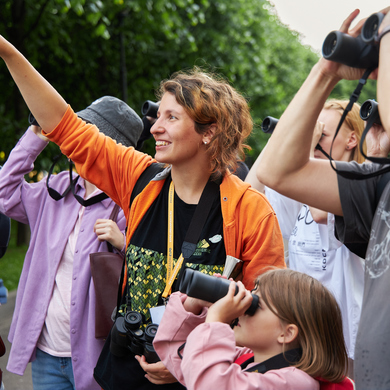
Birdwatching Tours in Gorky Park
Information center moves to the left pylon of the Main Entrance Arch
The festival of ice has opened on Krymskaya embankment
Ice and snow festival opens in Muzeon
Innovative birdhouses installed in Gorky Park
Green school administrator wins "Masters of Hospitality" contest
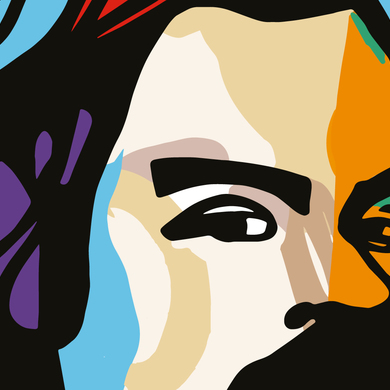
Gorky in Gorky Park Festival
A joint exhibition by Gorky Park, the Moscow Art Theater Museum and the Moscow Art Theater School
Gorky Park chief architect took part in the "Belgorod in Bloom" festival

1
Forest art installation in front of the Main Entrance Arch

A project about responsible animal treatment kicks off in Gorky Park
VK Fest to take place in Gorky Park on 23-24 July
New mural by Dmitry Aske opens in Muzeon

Sports holidays in Gorky Park
Skating rink is closed for the season 2021-2022
Museum of Pavel and Sergei Tretyakov opens in Muzeon
Snow and Ice festival kicks off on Pushkinskaya embankment
Exhibition “Ice Alleys. 90th Anniversary of the Gorky Park Skating Rink“ in Gorky Park Museum
Restoration of Gorky Park Observatory completed
Garage Museum of Contemporary Art presented reconstruction project of the Hexagon pavilion
Explore entire Gorky Park in 2 hours with “Grand tour” excursion on board electric bus
Opening of “Wind Integral” multimedia installation in Neskuchny garden
Main outcomes of the Russian creative week forum in Gorky park
Sergey Sobyanin and Sergey Kiriyenko attend Russian creative week in Gorky Park
Gorky Park celebrates its 93th anniversary
Vorobyevy gory features among top ecotrails
Sculpture of Mahatma Gandhi is temporary removed from Muzeon for restoration
Opening of Moscow-24 summer studio in Muzeon
Muzeon hosted Memory Line campaign
Counting nightingales in Gorky Park
Opening of restored Golitsyn hospital rotunda arboury on Pushkinskaya embankment
Opening of Henri Delaunay Cup exhibition – main trophy of EU football championship
20 trees planted in Neskuchniy garden to commemorate opening of #wearetogether award ceremony
Opening of mural by Sasha Kupalyan on Krymskaya embankment
New tours: flower routes in Parterre and Muzeon from electric bus window
Excursions, DJ sets and festive races on the International Women’s day
Media Point returns to the Navigator ice rink
The Gorky Park Museum and Observation Point Resume Operation!
Green School opens on January 23!
The Navigator ice rink opens on November 27 in Gorky Park
Naum Granovsky exhibition featuring Gorky Park photos kicks off at Lumiere Brothers Center
Gorky Park will host "Russian Creativity Week" on September 11-13
Gorky Park podcasts
Moskino summer cinema opens at Muzeon on August 1
"Peacetime" exhibition has reopened for visitors
Fresh air, gentle breeze by the fountains in Gorky Park
What’s new in Nike Box MSK in 2020
Let’s dream of summer with Gorky Park
Exhibition of collectible dolls and sculptures opens in Gorky Park
Beauty of Antarctica in Muzeon

Children's Birthdays in Green School
Nike Box MSK launches dance classes for kids on weekends
News from mos.ru
Places
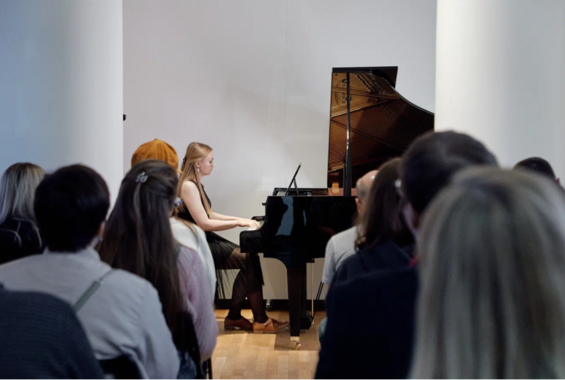


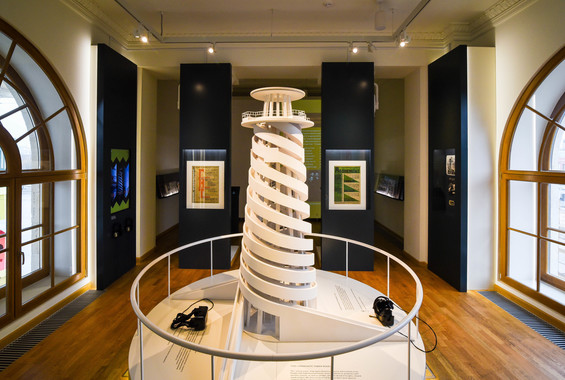
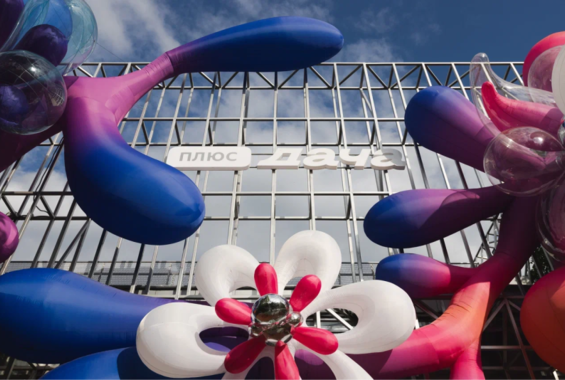
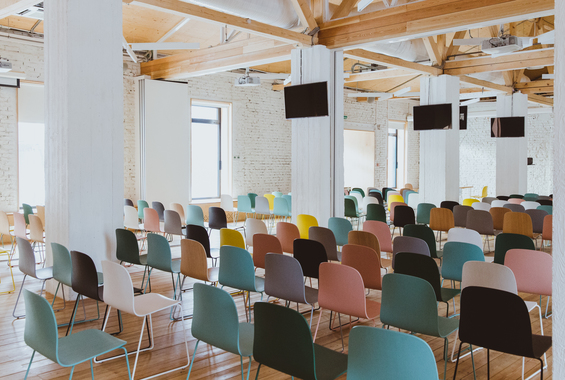
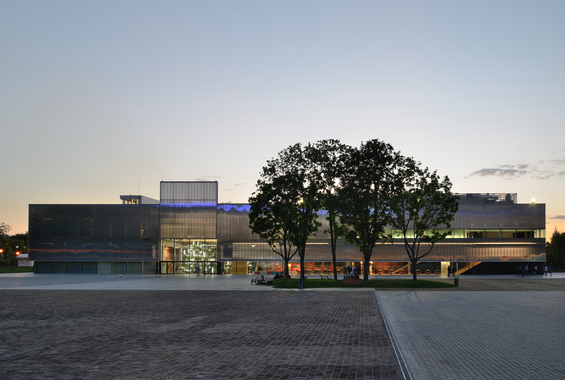


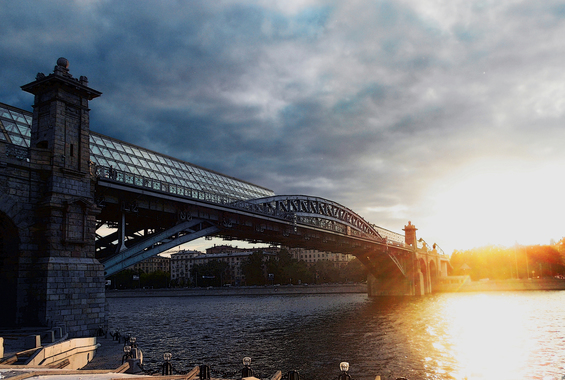
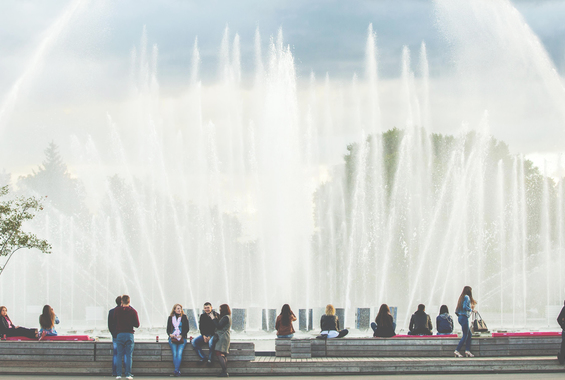

1/12
Музыкальный салон в здании Главного входа
Зеленая Школа
Observatory
Gorky Park Museum
Modern multimedia installations to learn about the history of the Park
Плюс Дача от Яндекс Плюс
Garage Educational Center
Сurrently the largest pedagogical initiative in a Russian cultural institution.
Garage Museum of Contemporary Art
Public Toilet
Object of Cultural Heritage of social realism epoch
Golitsynsky Garden
Andreevsky pedestrian bridge
Andreevsky Bridge is based on the railway bridge that was built in 1908, which was a part of the Moscow Little Ring Railway.
Central Alley Fountain
The figure fountain was engineered in the 1930s, during building of the park of culture and leisure.
Pioneer Pond
Prior to the revolution, the pond and the surrounding area belonged to the Meshchansky School and was called the Little Pond.

1/12
Музыкальный салон в здании Главного входа

2/12
Зеленая Школа
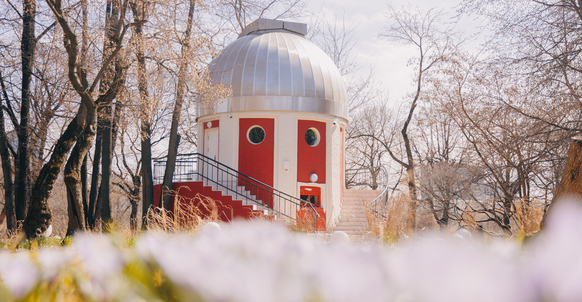
3/12
Observatory

4/12
Gorky Park Museum
Modern multimedia installations to learn about the history of the Park
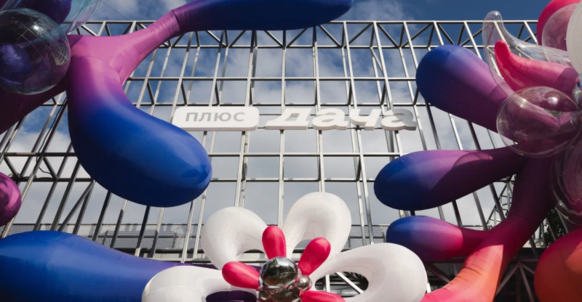
5/12
Плюс Дача от Яндекс Плюс
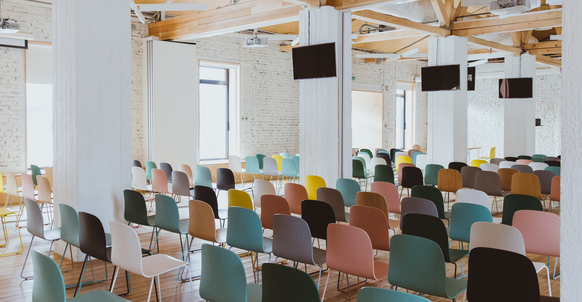
6/12
Garage Educational Center
Сurrently the largest pedagogical initiative in a Russian cultural institution.

7/12
Garage Museum of Contemporary Art

8/12
Public Toilet
Object of Cultural Heritage of social realism epoch
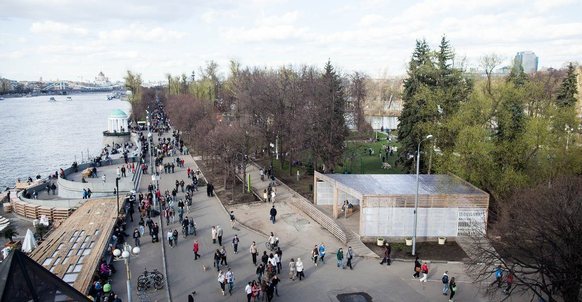
9/12
Golitsynsky Garden
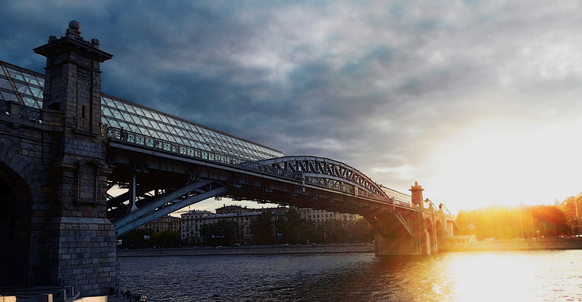
10/12
Andreevsky pedestrian bridge
Andreevsky Bridge is based on the railway bridge that was built in 1908, which was a part of the Moscow Little Ring Railway.

11/12
Central Alley Fountain
The figure fountain was engineered in the 1930s, during building of the park of culture and leisure.
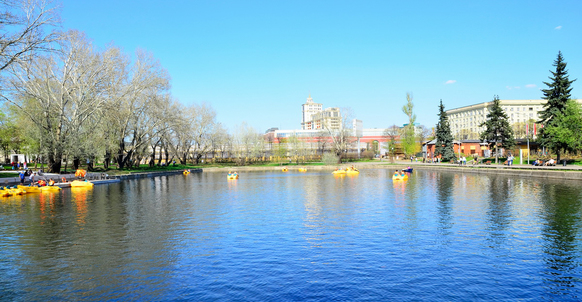
12/12
Pioneer Pond
Prior to the revolution, the pond and the surrounding area belonged to the Meshchansky School and was called the Little Pond.
Multimedia
Способы проверки информации на достоверность

Christmas party at the "Voskhod" ice rink

New Year's party on the "Voskhod" ice rink

Stereo Ice Rink Opening
24 фотографии

Creating Stereo Ice Rink
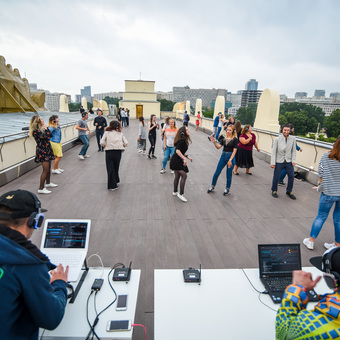
Silent Disco on the Observation deck of Gorky Park Museum
10 фотографий
Способы проверки информации на достоверность

Christmas party at the "Voskhod" ice rink

New Year's party on the "Voskhod" ice rink

Stereo Ice Rink Opening
24 фотографии

Creating Stereo Ice Rink

Silent Disco on the Observation deck of Gorky Park Museum
10 фотографий